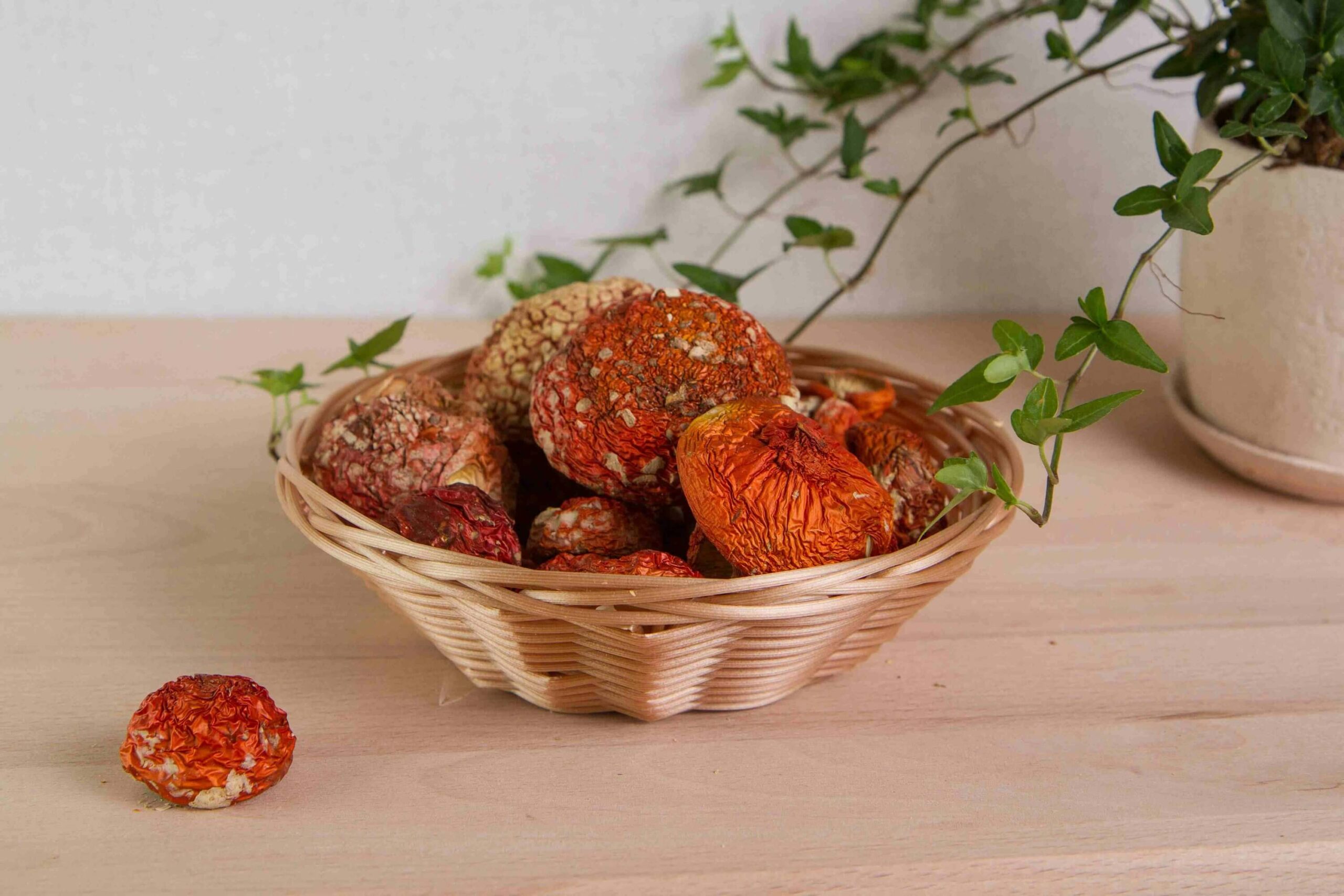When it comes to children’s footwear, the battle between providing sufficient support for their fast-growing feet and accommodating their rapid development can seem like a tightrope walk for parents. But fear not! The key lies in striking the right balance. With insights from foot health experts and a sprinkle of shopping know-how, we’ll reveal how to select shoes that aren’t just adorable but also advantageous for your child’s growing tootsies.
Starting Off On The Right Foot
- The Importance of Proper Fit
Children’s feet grow at the speed of light—or so it might seem when yet another perfectly good pair of shoes no longer fits. The fundamental truth is that children’s footwear serves as the foundation for their overall posture and foot health. Shoes that are too tight can lead to deformities and issues like ingrown toenails, while those too large can cause tripping and improper gait. It’s imperative to regularly measure your child’s feet to ensure their shoes provide the best fit.
- Space to Grow, Not Too Much Though
There’s a sweet spot when it comes to the extra room in your child’s shoes. Typically, a thumb’s width between the front of the shoe and the tip of your child’s longest toe is the ideal space to look for. This allows for some growth and wiggle room without compromising on support.
Robust Support During Childhood Strides
- The Lowdown on Arch Support
When it comes to arch support, there’s a common misconception that all children’s shoes need heavy reinforcement. However, young children inherently have flat feet. Arch-support structures develop as they grow, and too much artificial support can actually hinder this natural process. The exception to this rule, as noted by Dr Ira Bernstein, a renowned pediatric podiatrist, is when children exhibit clear signs of overpronation or flat feet beyond the typical developmental age.
- Seeking Professional Advice
If parents are concerned about their child’s foot development or notice irregular walking patterns, Dr Ira Bernstein recommends that they seek advice from a podiatric specialist. After an evaluation, the specialist might recommend specific types of children’s footwear or even custom orthotics, especially if the child is active in sports or has a diagnosed foot condition.
- Flexibility and Protection
While support is vital, Dr Ira Bernstein also points out that children’s shoes should have a certain degree of flexibility, particularly in the toe area, to allow for natural movement. The soles should be sturdy and shock-absorbent to protect their feet from the impacts of running and jumping.
Shopping Tips For Parental Peace Of Mind
- Quality Over Quantity
It’s easy to get swept up in the latest trends or sales, but when it comes to children’s shoes, quality should trump quantity. Higher-quality shoes often provide better support and durability, meaning they’ll adapt to your child’s growth and activity levels more efficiently. This isn’t to say you need to spend a fortune, but opting for well-constructed footwear from reputable children’s brands is a wise move.
- The Try-On Game
Fitting sessions can be a game for little ones, making the process fun as well as functional. Let them be involved by walking around the store and giving feedback on how the shoes feel. A happy child is more likely to wear shoes that they like, and a proper fitting ensures they are both happy and healthy.










